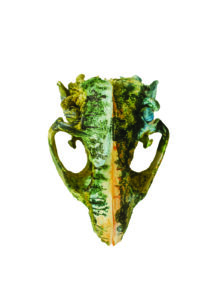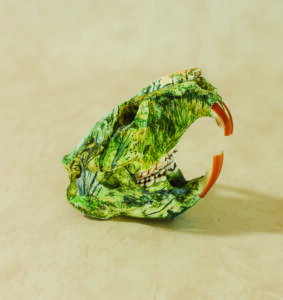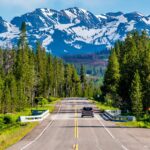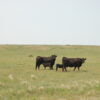By Birch Malotky
When we put out a call for stories exploring how to simultaneously advance social, economic, and environmental well-being, an early response was, “I strongly suspect the concept for this issue is likely to end up focusing on various efforts to apply lipstick to corpses.” The metaphor implied that looking for win-win solutions was sugar-coating a long history of human development causing pollution, habitat destruction, and species loss, and of environmental protection resulting in the forced removal of people from their homelands, lost jobs and revenue, and cultural conflict. But when we went looking for the intersection of conservation and prosperity, we didn’t come back empty-handed.

Instead, we learned how a leap of faith by a multi-generational ranching family has paid dividends to the community, grasslands, and climate. We pondered what it would take to turn the loss of an industry into an opportunity to save a river and a community. We heard how working with, rather than against, beavers can lead to more resilient river systems. In every story, there are people who believe that mutual benefit can be achieved even when it seems impossible. A biologist insists affordable, carbon-free energy doesn’t have to come at the expense of golden eagles; a bevy of organizations commit to reducing the footprint of Wyoming’s most popular tourist destination; and fading agricultural towns believe an inclusive community is the path to prosperity. For Jason and Patti Baldes, the intersection of conservation and prosperity means return: return of buffalo to Wind River, return of sovereignty to tribes, return to a reciprocal way of being where all relations care for one another.
Reading these stories is a chance to experience a world where conservation doesn’t have to mean sacrifice and progress doesn’t come at the expense of the environment. It’s a glimpse of what might be possible if we let go of zero-sum thinking. It’s an invitation to re-imagine a future where people and the ecosystems they rely on don’t just adapt and survive, they thrive.

Lipstick on a corpse will only get us so far in animating this kind of future. In the lipstick metaphor, we are simply trying to put a good face on something that we’ve already accepted is hopeless. Much like greenwashing, it is meant to appease, to make inadequacy palatable enough that we lose the desire for real, substantive change.
Cover artist Abi Paytoe Gbayee shows us an alternative with her painted beaver skull. Rather than covering up the old, she transforms it. Appeasement is easy and thoughtless. Transformation is difficult and requires vision. She found a skull; instead of leaving it to decay, she imagined a new life for it. Her paint was proxy for care and creativity. With attention and time, the skull became art. So too does this issue highlight how hard work, innovation, and genuine dedication to human and environmental well-being can transform what we what thought possible and bring us closer to the intersection of conservation and prosperity.


